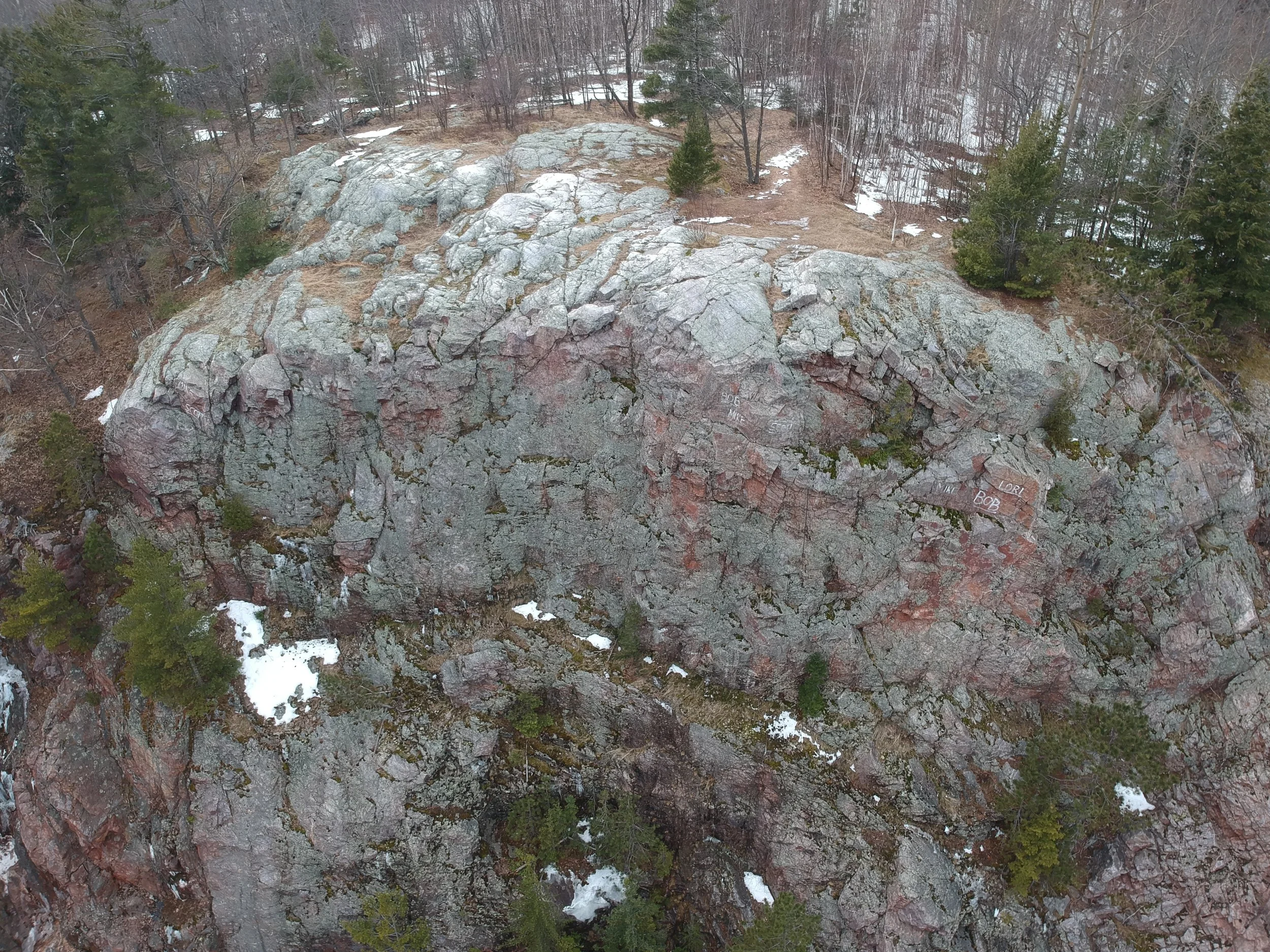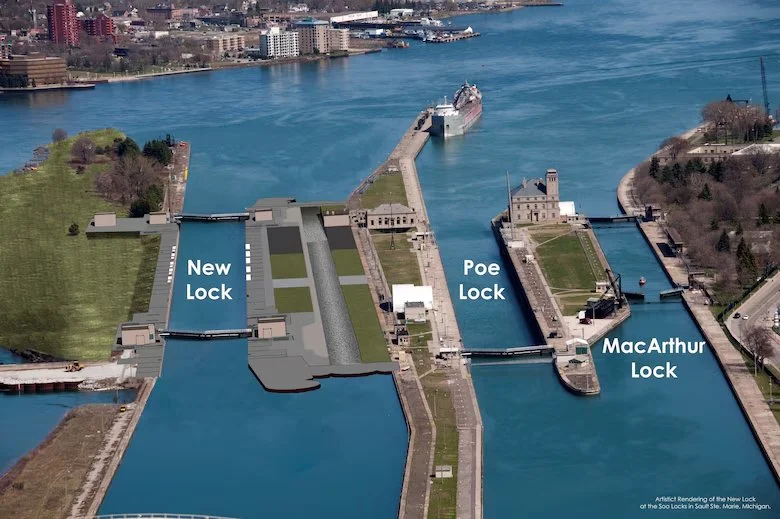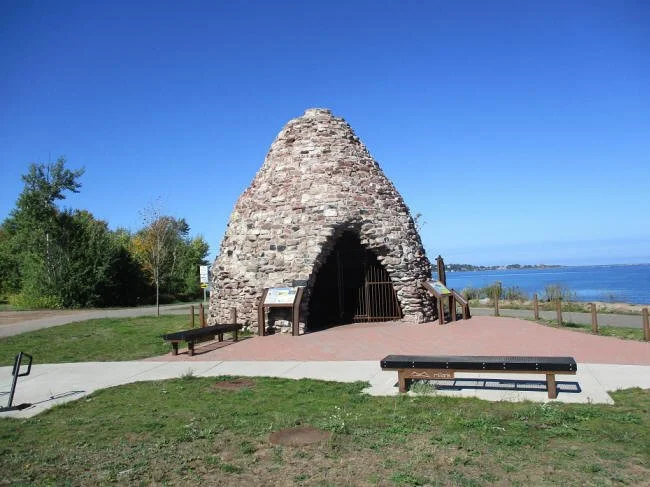Harvey Quarry
The Harvey Quarry and the Vision of Charles T. Harvey
Nestled just south of Marquette, Michigan, along US-41, the Harvey Quarry stands as a silent testament to the region's rich geological and industrial past. Beyond its striking rock formations, the quarry is intrinsically linked to the ambitious endeavors of Charles T. Harvey — a visionary engineer whose ideas helped shape the Upper Peninsula's development.
The Geological Significance of Harvey Quarry
The Harvey Quarry is renowned among geologists for its exposed Precambrian rock formations, some dating back approximately 2.7 billion years. These ancient rocks, including the Mona Formation's chlorite-sericite phyllites, offer a unique window into Earth's early history. The quarry's vertical walls showcase well-preserved stromatolites, fossilized microbial structures that provide insights into early life on our planet.
Charles T. Harvey: Engineer and Entrepreneur
Born in 1829 in Connecticut, Charles T. Harvey began his career as a salesman for the Fairbanks Scale Company. His journey to the Upper Peninsula in the early 1850s marked the beginning of a series of transformative projects.
Drill marks from Harvey Quarry including a drill bit still stuck in the rock face
The Soo Locks and Transportation Innovations
Harvey's most notable achievement was overseeing the construction of the first locks at Sault Ste. Marie between 1853 and 1855. These locks connected Lake Superior and Lake Huron, revolutionizing maritime transport in the Great Lakes region. Source.
Harvey also played a pivotal role in advocating for federal land grants to support railroad expansion in the Midwest, securing over 10 million acres for this purpose. Source.
The Soo Locks are currently going through a major rennovation, which you can learn more about here.
Founding the Village of Harvey
In the 1860s, Harvey envisioned creating an industrial hub at the mouth of the Chocolay River. He established the village of Harvey, constructing a blast furnace and planning a harbor to facilitate the shipment of pig iron and ore. Harvey even persuaded the Chicago and North Western Railroad to build a grade to the village, although tracks were never laid. One of the blast furnace’s was recently re-built after it collapsed in 2016 under heavy snow loads.
The “El” Train
Harvey's inventive spirit led him to design and construct the world's first elevated railway in New York City in 1867. Despite initial success, disputes with investors curtailed his involvement. Nevertheless, this innovation laid the groundwork for future urban transit systems. NYC’s El train now transports over 3.6 million people per day.
The Legacy of Harvey Quarry
Today, the Harvey Quarry remains a site of geological interest and historical reflection. Its ancient rock formations attract scientists and enthusiasts alike, while the story of Charles T. Harvey serves as a reminder of the ambitious endeavors that shaped the region. The quarry and rock crushing plant was in seasonal operation almost continuously from 1908 to 1941. In an article in September of 1908, it was announced that there would be two crushers, operated by electricity, with a capacity of 300-450 tons a day. The trap rock was considered excellent for street and concrete work. It was a successful venture and was purchased by the city of Marquette in 1922.
The City of Marquette Rock Crushing Plant at the Harvey Quarry in 1929






